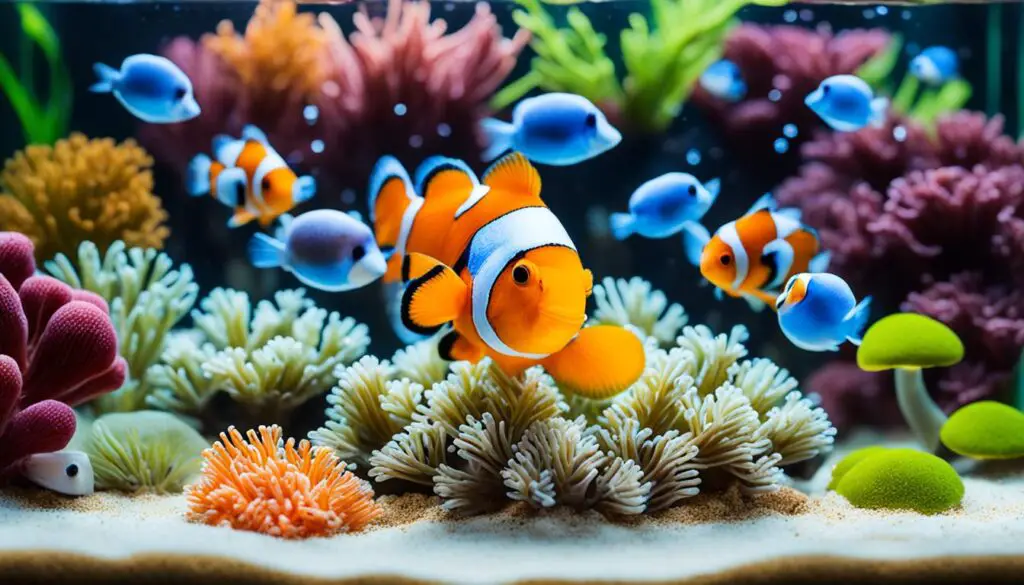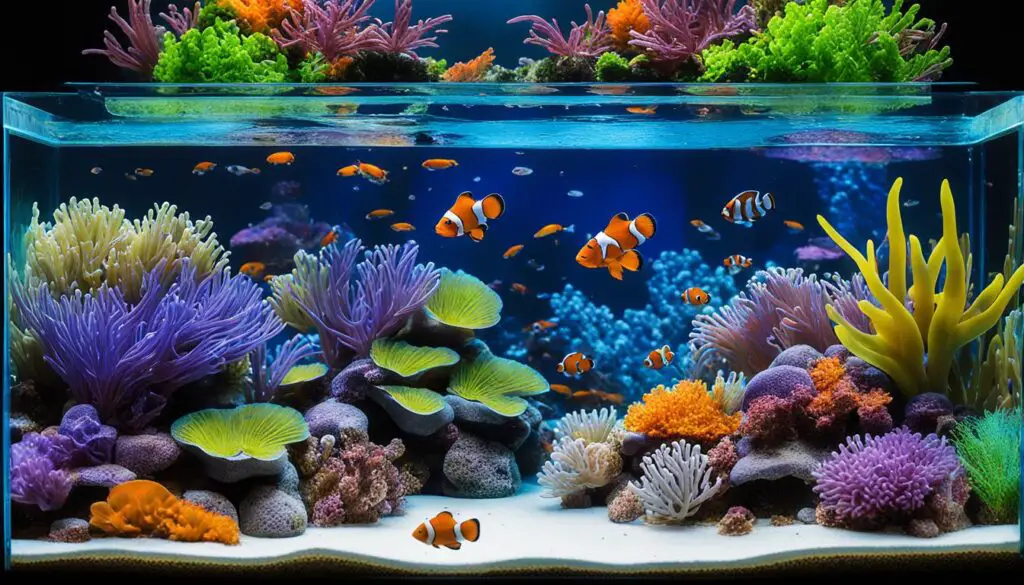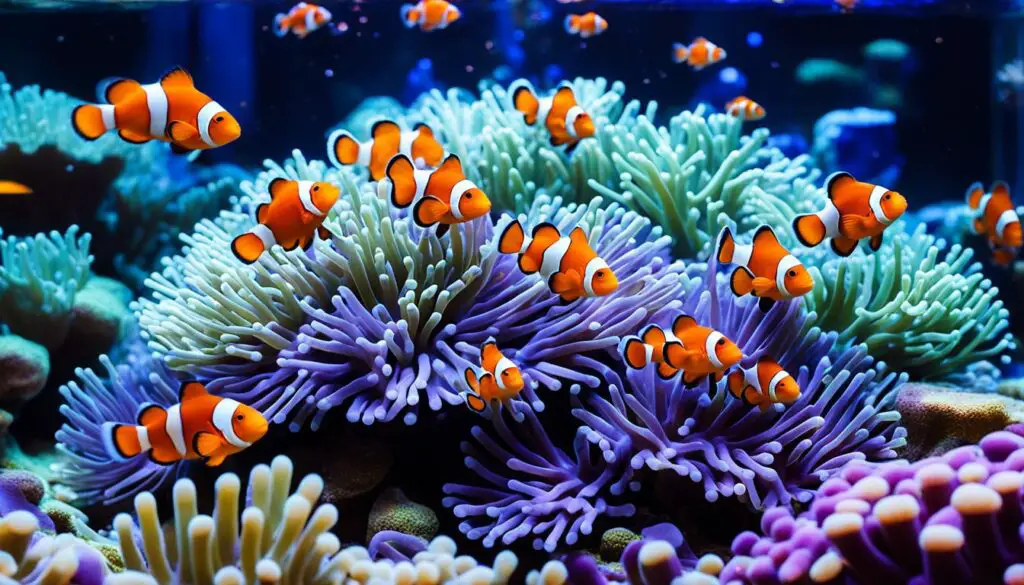Can Starfish Live Out Of Water
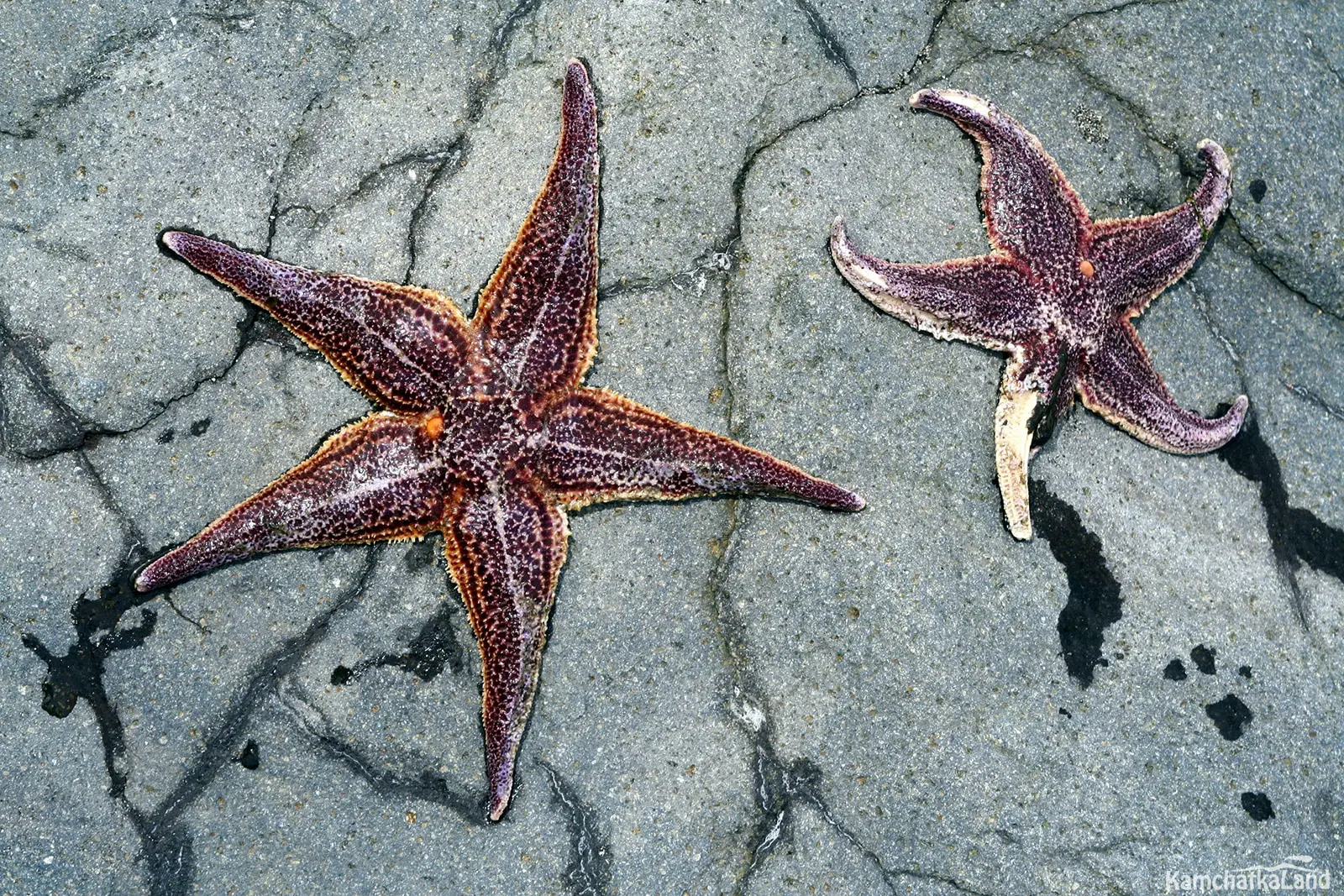
Introduction
Can Starfish Live Out Of Water: The world beneath the ocean’s surface is a realm of wonders, where an incredible diversity of life thrives in a watery sanctuary. Among the inhabitants of this liquid world, starfish, also known as sea stars, stand as fascinating and enigmatic creatures. Their striking appearance, with their radial symmetry and distinctive arm-like appendages, has captivated the imagination of nature enthusiasts and scientists alike. Yet, a question often arises: Can starfish live out of water?
The answer to this question holds a key to understanding the remarkable adaptations and survival strategies of starfish. While starfish are primarily marine animals, their biology and behavior reveal intriguing facets of their ability to endure periods of exposure to the air, a feature that distinguishes them from many other marine creatures.
In this exploration, we embark on a journey to unravel the mysteries surrounding the adaptability of starfish to different environments, including life beyond the ocean’s edge. We delve into the physiological adaptations that enable them to thrive in the intertidal zone, where the boundaries between land and sea blur, and we explore the limits of their endurance when faced with extended periods of exposure to the air.
As we navigate the question of whether starfish can truly live out of water, we gain insights into their survival mechanisms, their reliance on specialized structures, and the strategies they employ to endure the challenges of a dynamic and ever-changing coastal environment. This journey takes us from the ocean’s depths to the rocky shores, unveiling the secrets of a resilient and captivating marine creature.
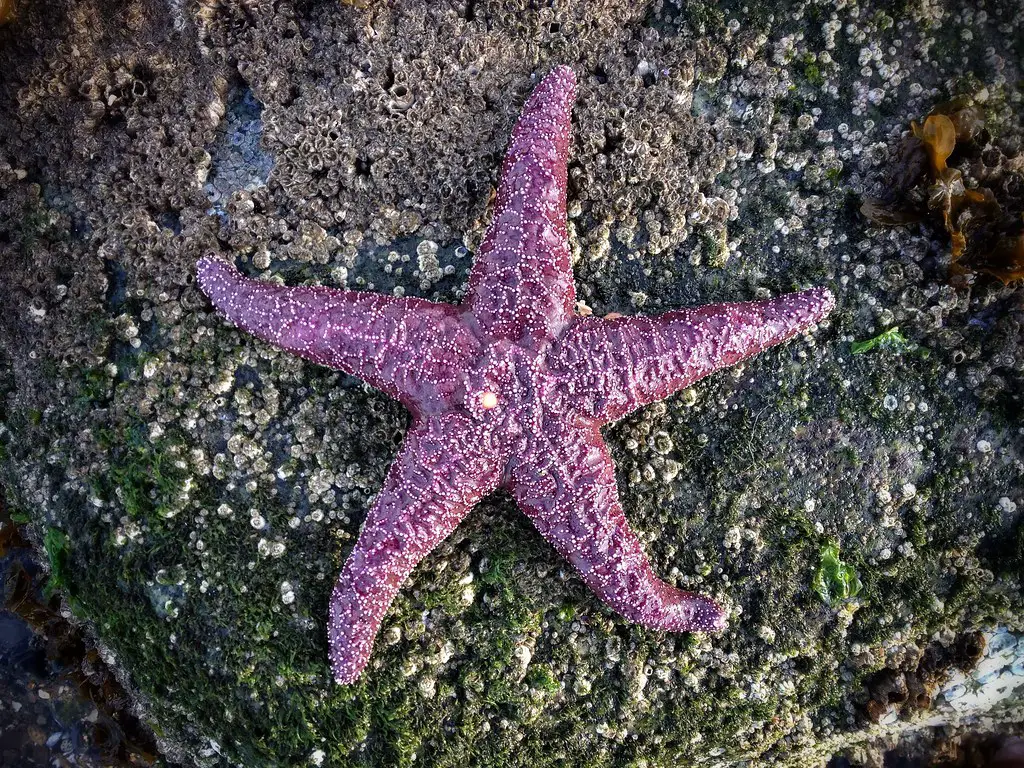
Do starfish die once out of water?
“Because starfish can’t breathe out of water, they suffocate in a matter of minutes. Others perish as a result of the stress of handling or from coming into contact with perfume, sunscreen, or other chemicals on human skin.
Starfish are primarily marine animals, and they rely on seawater to support their bodily functions. When a starfish is out of water, it can face challenges related to dehydration and temperature regulation, both of which can be detrimental to their health. While starfish have certain adaptations that allow them to survive brief periods out of water, they are not designed for prolonged exposure to the air. Extended periods of time out of water can lead to desiccation (drying out), which can ultimately result in the death of the starfish.
To survive out of water, starfish must rely on their water vascular system, which is a hydraulic system that helps them control their tube feet and maintain body rigidity. When out of water, they may use their tube feet to move, but they can lose water through evaporation, leading to dehydration. Additionally, exposure to the sun and heat can further exacerbate the risk of desiccation.
Can starfish survive in air?
Some facts about starfish
…are not fish but they need to breathe to live and they can only do that underwater. They suffocate in the air.
Starfish can survive for a limited time out of water, but their ability to do so depends on several factors, including species, environmental conditions, and the duration of exposure. As mentioned earlier, starfish have a water vascular system that helps them retain water and move their tube feet, allowing some mobility when out of water.
Certain species of starfish are more tolerant of air exposure than others. Those adapted to intertidal zones, where they experience periodic exposure to air during low tide, tend to have a higher tolerance for air exposure. These starfish may close their tube feet and reduce their activity to minimize water loss.
However, it’s important to note that even the most tolerant species have limits to their ability to survive in air. Extended periods of exposure, particularly in hot and dry conditions, can lead to desiccation and ultimately result in the death of the starfish.
Should you put starfish back in the water?
If you ever see a starfish walking beyond the water’s edge, help it survive by putting it back into the ocean.
Yes, if you come across a stranded starfish on the shore or out of water, it is generally advisable to return it to the water, especially if it is still alive. Starfish are valuable members of marine ecosystems, and their presence contributes to the overall health and balance of these environments.
When returning a stranded starfish to the water, it’s essential to handle it gently to avoid damaging its delicate body structure. Place it in a shallow area with gentle waves, so it has the opportunity to reorient itself and move back into deeper water. Starfish will often use their tube feet to crawl back into the ocean.
However, if a starfish appears severely injured or dead, it may not be viable to return it to the water. In such cases, it’s best to respect the natural processes of the ecosystem.
Do starfish live on land or water?
Sea stars, commonly called, “starfish,” are not fish.
There are approximately 2,000 species of sea star, all of which live in marine waters. Sea stars live underwater, but that is where their resemblance to fish ends. They do not have gills, scales, or fins. Sea stars live only in saltwater.
Starfish are primarily marine animals, which means they live in water, specifically in the oceans. They are well-adapted to life in underwater environments and are found along coastlines and in various marine habitats worldwide.
While starfish are marine creatures, some species inhabit intertidal zones, which are areas that experience periodic exposure to air during low tide. These intertidal zones can be rocky shores or tidal pools. During high tide, starfish in these areas are submerged in water, but during low tide, they may be partially exposed to the air. These starfish have adaptations that allow them to tolerate brief periods of air exposure and continue to thrive in the dynamic conditions of the intertidal zone.
In summary, starfish are aquatic animals that live primarily in water, but some species can temporarily withstand exposure to air in intertidal zones. Their ability to thrive in such zones showcases their adaptability to a range of environmental conditions within the marine realm.
Can starfish come back alive?
While most species require the central body to be intact in order to regenerate arms, a few tropical species can grow an entirely new starfish from just a portion of a severed limb. Starfish regeneration across species follows a common three-phase model and can take up to a year or longer to complete.
Starfish, also known as sea stars, cannot come back to life once they are dead in the conventional sense. When a starfish dies, its biological processes cease, and it cannot be revived. However, what may give the impression that starfish can “come back to life” is their remarkable ability to regenerate lost body parts and recover from injuries.
Starfish possess an extraordinary capacity for regeneration. If they lose one or more of their arms or even a significant portion of their central disk, they can often regenerate the lost body parts under the right conditions. This regenerative ability is one of their survival strategies and can give the impression of resilience.
It’s important to note that while starfish can regenerate, this process is limited to their own body parts and does not extend to resurrecting a completely dead starfish. Once a starfish has died, it cannot be revived through regeneration or any other means. The appearance of revival may be due to the regrowth of damaged or lost body parts in living starfish.
How long can a starfish last out of water?
Another common cause of death is stress from handling them too much. How long can a starfish last out of water? Starfish can resist between 3 and 5 minutes out of the water before dying.
The amount of time a starfish can survive out of water depends on several factors, including the species of starfish, environmental conditions, and the individual’s health. In general, starfish are adapted to marine environments and are not well-suited for extended periods of exposure to the air.
Starfish have a water vascular system that helps them control their tube feet and maintain body rigidity. When out of water, they may use their tube feet to move but can lose water through evaporation, leading to dehydration. The duration of survival out of water can vary significantly:
- Some species of starfish, particularly those adapted to intertidal zones, may tolerate brief periods of air exposure during low tide, often a matter of hours.
- Other species, which are not as well-adapted to intertidal life, may struggle to survive even brief periods out of water.
- Environmental conditions also play a role. Hot and dry conditions can accelerate dehydration, reducing the time a starfish can survive.
In summary, while starfish can survive for limited periods out of water, they are primarily marine animals and are not designed for extended air exposure. It’s essential to handle them with care and return them to the water as soon as possible if they are stranded on the shore.
Can you save a dead starfish?
Starfish & Seahorses: Soak overnight in rubbing alcohol. Dry between paper towels or in the sun. If legs curl press between plates while drying. Sand Dollars: Soak in 50% bleach solution for a few hours.
Saving a dead starfish is a challenging task, as once a starfish has died, there is usually little that can be done to revive it. Starfish are marine invertebrates belonging to the class Asteroidea, and like most animals, they rely on a functioning biological system to survive. When a starfish dies, it typically means that its vital organs and systems have ceased to function, making revival nearly impossible.
Starfish, like other marine animals, require specific conditions to thrive. They need a suitable environment, adequate nutrition, and appropriate water conditions. When a starfish dies, it may be due to various factors such as disease, predation, or environmental stress. If a starfish has been removed from its natural habitat and is found dead, it is crucial to return it to the ocean promptly. However, this action won’t bring the starfish back to life but rather allows it to decompose naturally and contribute to the marine ecosystem’s nutrient cycle.
In some cases, people may encounter starfish that appear dead but are actually in a state of shock or stress. These starfish may appear limp and immobile, but they might still be alive. If you suspect a starfish is in this condition, you can attempt to gently return it to the water, ensuring it is in an appropriate underwater environment. This might give it a chance to recover if its vital systems have not been irreparably damaged.
It’s essential to remember that interfering with marine life should be done with care and respect for the natural ecosystem. Collecting starfish or other marine animals as pets is discouraged in many places, as it can disrupt local ecosystems and harm the animals. Instead, appreciating and protecting marine life in their natural habitats is the best way to contribute to their preservation.
In summary, saving a dead starfish is generally not possible because once a starfish has died, its vital systems have ceased to function. However, if you encounter a starfish that appears lifeless, you can try returning it to the water in the hope that it may recover if it is in a state of shock or stress. Nonetheless, the best way to protect starfish and other marine life is to preserve their natural habitats and ecosystems.
Can starfish live without oxygen?
“Sea stars diffuse oxygen over their outer surfaces through little structures called papulae, or skin gills. If there is not enough oxygen surrounding the papulae, the starfish can’t breathe.”
Starfish, like most animals, require oxygen to survive. They respire through a process called cutaneous respiration, which means they obtain oxygen from the surrounding water through their skin or tube feet. This oxygen is then transported throughout their body to support metabolic processes and provide energy for various physiological functions.
While starfish can tolerate low levels of oxygen for short periods, they cannot live indefinitely without it. Prolonged oxygen deprivation can lead to severe stress and ultimately result in their death. The duration of time a starfish can survive without oxygen varies depending on factors such as its size, species, and environmental conditions.
In situations where starfish are exposed to oxygen-depleted water, they may exhibit various survival mechanisms to cope with the limited oxygen availability. For instance, they might reduce their metabolic rate to conserve energy and oxygen. Some species of starfish can also tolerate brief periods of reduced oxygen by slowing down their activity and movement until oxygen levels improve.
It’s important to note that starfish are primarily marine animals, and their natural habitat is underwater, where oxygen is readily available. They have evolved to thrive in such environments and have adapted to extract oxygen from the surrounding water efficiently.
In summary, starfish, like all animals, require oxygen to live, and they obtain it through their skin or tube feet from the surrounding water. While they can tolerate brief periods of low oxygen levels and exhibit survival mechanisms in response, they cannot live without oxygen for an extended period. Maintaining suitable oxygen levels in their habitat is essential for their health and survival.
Conclusion
In our exploration of the question, “Can starfish live out of water?” we have uncovered the fascinating adaptability and survival strategies of these marine marvels. While starfish are primarily denizens of the ocean, they exhibit remarkable resilience and the ability to endure periods of exposure to the air, particularly in the intertidal zones where the ebb and flow of tides blur the boundaries between land and sea.
Our journey has revealed that starfish possess a suite of physiological adaptations and behaviors that allow them to thrive in these dynamic coastal environments. Their unique water vascular system, tube feet, and specialized structures like the madreporite and spines play pivotal roles in maintaining their internal water balance, enabling them to tolerate fluctuating conditions between submerged and exposed states.
Furthermore, we have witnessed the incredible resourcefulness of starfish as they navigate the challenges of life on the rocky shores. They display behaviors such as aggregating in damp crevices, orienting themselves to minimize water loss, and even undergoing aestivation, a state of dormancy, during extended periods of low tide. These strategies collectively contribute to their survival beyond the confines of the ocean.
our exploration, we marvel at the adaptability and tenacity of starfish, which not only inhabit the depths of our oceans but also thrive in the ever-changing intertidal zones. Their ability to bridge the divide between land and sea speaks to the resilience of life in the face of environmental challenges.
In contemplating the question of whether starfish can live out of water, we recognize that these creatures are emblematic of the intricate and interconnected web of life in coastal ecosystems. Their existence reminds us of the resilience of nature and the incredible adaptations that enable diverse forms of life to flourish in some of the planet’s most dynamic and challenging environments.

